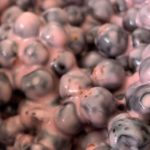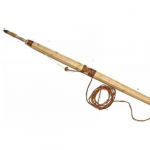The concept of corroboration is central to the partnerships that lead to the development of Inuit-centred learning activities. It is the most important concept to understand when using Ilinniatitsiguti, Kativik Ilisarniliriniq lesson plan template. Defining the corroborative approach is an iterative process that keeps evolving through our experiences. This professional development article describes the concept and some approaches, based on our current use and understanding of corroboration.
What is Corroboration?
We conceptualize corroboration as the purposeful creation of intersections that allows for the intertwining of two or more perspectives on the same concept in a way that mutually elevates and reinforces all involved perspectives and aims to balance power.

Intersections
Intersections are key moments where two or more perspectives are considered simultaneously. We understand that sometimes, a single perspective at a time is addressed (when lines move away from one another). However, it is in their meeting (when lines intersect) that corroboration occurs.

Intertwining
Intertwining refers to the need to create as many relevant encounters as possible. One intersection at the beginning of a lesson is not enough for strong corroboration, and can lead to thematic approach.

Mutually Elevating
Mutually elevating and reinforcing all approaches involved in the corroboration process is key. Constantly keep this question in mind: how does approach A benefits approach B, and the other way around? If you can’t answer this question, corroboration is maybe not occurring.

Power Balance
It is crucial to question the power balance in the corroborative relationship. Is one perspective only there as a setting? Is one perspective implicitly introduced as superior? We must pay attention to that balance.
How to corroborate?
Observation
Corroboration by observation (with all senses and tools) involves using different methods to provide a new, more multifaceted and holistic, representation of an idea.
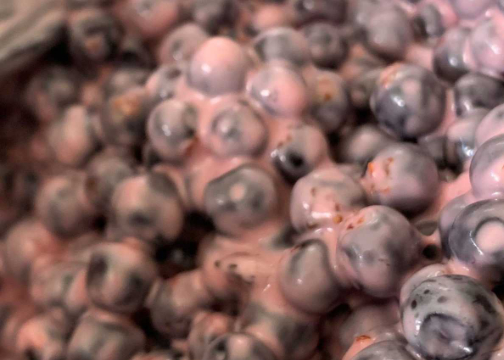
For example, students of Inukjuaq are invited to prepare suvalik in their science class. This activity offers them the opportunity to share family recipes and techniques, as well as to observe suvalik through a microscope at different stages of the preparation. By doing so, they develop their knowledge of different types of mixtures, but also new representations of what brings suvalik together. When they prepare it, they now have two corroborated levels of understanding to rely upon and adjust their technique.
This approach highlights the idea that perceiving the world in a variety of ways helps developing a holistic representation of things. It’s a bit like drawing, where each time you add an element (textures, shadows, colours), you move closer to a whole representation.
Extension
Corroboration by extension happens when a topic is studied from one perspective, then taken further through a different perspective, before finally reinforcing the initial idea.
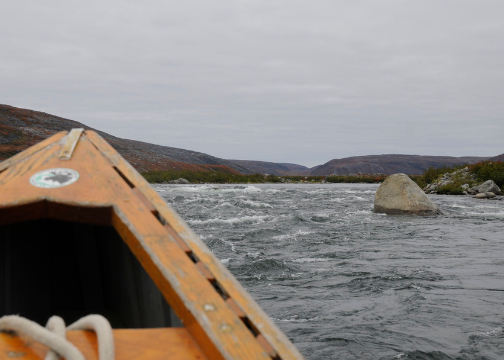
For example, students of Kangirsuk learn, through repeated observation of the river, about the conditions that influence navigation (tide, current, wind) and develop an understanding of these cycles. Corroborating this knowledge through extension could involve looking at the ways wind and current modify the shape and the length of waves in a controlled setting, before asking students to reinvest this knowledge in an authentic situation when planning a navigation on the river.
With this approach, it is crucial to complete the loop and reinvest knowledge in its initial setting. Otherwise, it is easy to fall into the trap of thematic approach, or to introduce one perspective as the goal, while the other only provides context.
Approaches
Corroboration by approaches means taking two different roads to reach the same destination. Of course, these roads have to intersect occasionally, and the goal is not to find the faster or the smoother road, but to build a comprehensive map.
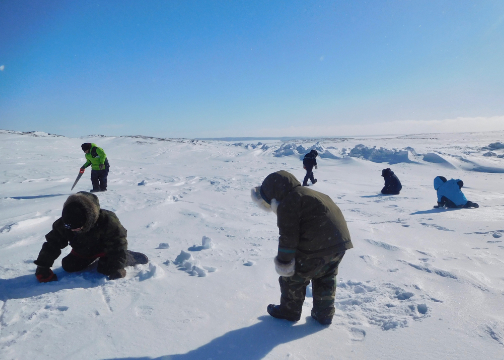
For example, when students learn to build igloo, they must develop the skill of finding the appropriate type snow, by probing with the unak and by touch. Other ways of identifying types of snow include measuring its hardness, looking at its structure through a magnifying glass and calculating its density. What is crucial, here, is that these methods are not introduced as improvements, but rather as alternative perspectives. When students probe, in search of aqilluqaq, and feel the hardness of the snow, they now have mental representations of what this means. When they touch it, they recall their observations that corroborate how the crystals feel between their fingers.
With this approach, it is very important to keep the power balance in mind. We don’t bring new approaches to replace or improve existing ones. We bring variety in a way that supports and enhance one another towards a multifaceted representation.
Validation
Corroboration by validation happens when one perspective is used to confirm the other perspective. It often takes the form of a question, or a prediction, emerging from one perspective, that can be answered, validated, by another perspective.
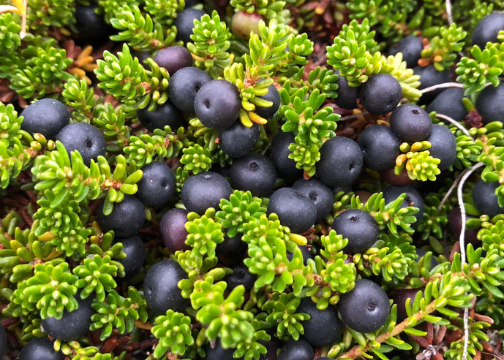
Consider berries as an example. One form of corroboration by validation could be to learn about the conditions that should produce the most berries, and to predict a location where these conditions can be found. Students can then enquire with members of their community who can validate (or not) their prediction. The other way around can also be corroboration by validation. After working with members of the community to determine where the most berries can be harvested, students can engage in inquiry-based learning to determine the conditions that allow the growth of so many berries in a location.
We must be very careful when corroborating by validation. It is easy to disrupt the power balance between perspectives. We must keep in mind that each approach is equally valuable and legitimate. The goal is not to prove, or disprove, but to create synergy between these two ways of knowing.


